With 30 Extra Horses, 2017 Toyota Sienna Becomes America's Most Powerful Minivan
Updated for 2015 with a revised interior, an invisible facelift, and improved LATCH access, the 2015 Toyota Sienna was nevertheless mechanically identical to the Sienna of 2011-2014. The Toyota Sienna was America’s best-selling minivan in calendar year 2015.
For model year 2017, the Sienna remains visually identical and continues on the third-generation platform, but Toyota is installing the Tacoma’s direct-injection 3.5-liter V6 underhood and linking it to a new eight-speed automatic.
With a 30-horsepower jump to 293, the 2017 Toyota Sienna is now the most powerful minivan on sale.
This is a long way from the 187 horsepower, 2.7-liter four-cylinder that served in the base Sienna in 2011 and 2012. Compared with the outgoing V6, the new 3.5-liter engine’s torque output rises by 18 lb-ft to 263.
The new engine reaches peak torque at 4,700 rpm, just as the old mill did in 2016. Maximum horsepower arrives at 6,600 rpm, 400 revs higher than in the 2016 Sienna.
Yet more power does not equal more fuel consumption. City mileage rises by 1 mpg to 19 in front-wheel-drive Siennas; the van’s EPA highway rating rises from 25 mpg in 2016 to 27 mpg in 2017. The all-wheel-drive 2017 Toyota Sienna’s city figure jumps by 2 mpg to 20; its highway number climbs from 23 to 24 mpg.
The Pentastar V6 in the Sienna’s newest rival. The 2017 Chrysler Pacifica makes 287 horsepower, four more than the 3.6-liter in the 2017 Dodge Grand Caravan. The Pacifica, with a nine-speed automatic, achieves a rating of 18 mpg city, 28 highway. With a six-speed automatic, the Grand Caravan’s mileage is more akin to the all-wheel-drive Sienna at 17 mpg city, 25 highway.
Kia’s 3.3-liter V6 sends 276 horsepower to its front wheels via a six-speed automatic. The highest-mileage Sedona is the SX at 18 mpg city, 25 highway. The Nissan Quest is the only minivan in America equipped with a continuously variable transmission. The Quest’s 3.5-liter V6 produces 260 horsepower. EPA rates the Quest at a best-in-class 20 miles per gallon in the city. Highway mileage, at 27 mpg, is 1 mpg shy of two competitors. The least-powerful minivan in America, aside from the commercial-van-oriented Ford Transit Connect, is the Honda Odyssey. Honda will replace the Odyssey shortly, but for now, Honda’s 3.5-liter V6 shuffles 248 horsepower through a six-speed automatic and achieves 19 mpg city, 28 highway.
As we all know, there’s nothing more important in America’s minivan wars than horsepower.
Despite a 7,015-unit year-over-year decline from the discontinued Mazda 5, America’s minivan market is up 19 percent in 2016.
At this pace, automakers will sell more minivans in the United States in 2016 than at any point since 2008.
Thanks to horsepower, obviously.
[Image: Toyota.com]
Timothy Cain is the founder of GoodCarBadCar.net, which obsesses over the free and frequent publication of U.S. and Canadian auto sales figures. Follow on Twitter @goodcarbadcar and on Facebook.
More by Timothy Cain
Latest Car Reviews
Read moreLatest Product Reviews
Read moreRecent Comments
- 1995 SC I'm still trying to get past the fact that the Red Bull guy is married to a Spice Girl.
- Ravenuer Not into F1. Started watching NASCAR back when they raced actual cars. (yeah I'm that old). Not any more. They aren't "stock cars" now. Not even close. Even drag races don't interest me anymore. Races are over in 3 seconds.
- Wjtinfwb No confusion on my end, Ghost. The Government has zero role in job creation outside of the legitimate opportunities' created by Government going about it's responsibilities, namely keeping the American people and territory safe from foreign intrusion. Of course, they're failing epically at that but that's a different topic. The American free enterprise system is what enables job creation. Government's role is to stay out of the way of that system, but they seem incapable of doing so. Oil & Gas exploration is just one example. If a National Job Policy is what you're looking for, there are other countries that will be happy to accept your application for residency.
- Michael Smith I drive 100-300 miles a day in new BMWs, Mercedes-Benzes, and GM SUVs. Some are already equipped with automatic braking.It's the first thing I turn off when I start the car.I've had experiences where (as the author notes) the system gave false alarms and stabbed the brake pedal, threatening my ability to control the car.Further, every driver encounters situations where, for example, legal following distance must be momentarily compromised in order to avoid a difficult situation. When the system intervenes, it disrupts the driver's plan of action. This can lead to a collision as the driver has to suddenly react not to his surroundings, but to the system.Not only is automatic braking an insult to skilled drivers, it's dangerous to everyone.
- Dave M. My hipster daughter is greatly into it. We watched the race together this weekend. It was interesting but I'm not devoted to it like she is. She'll be at the Austin race in October.




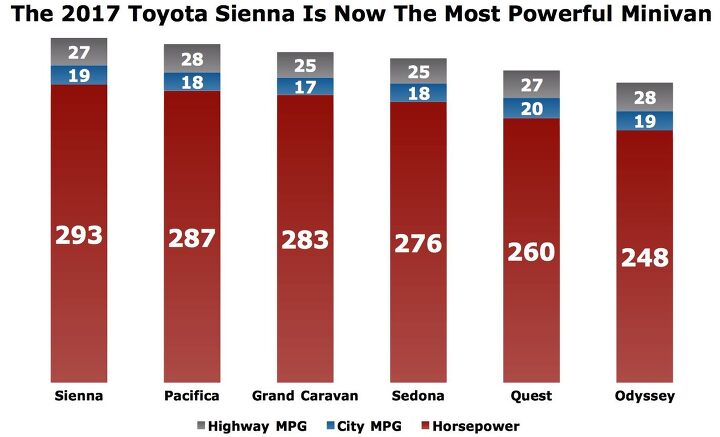












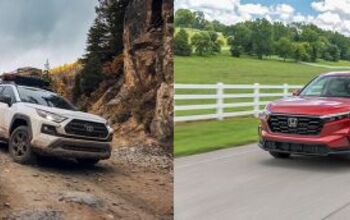


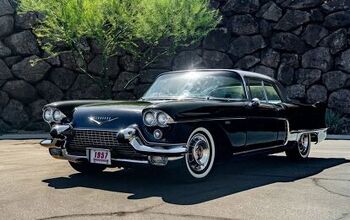
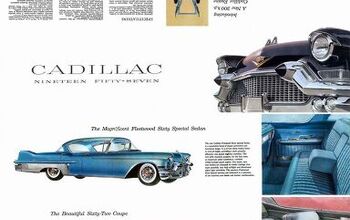
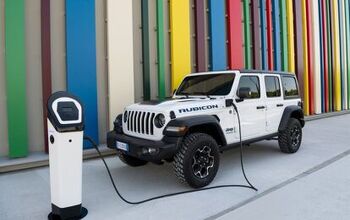
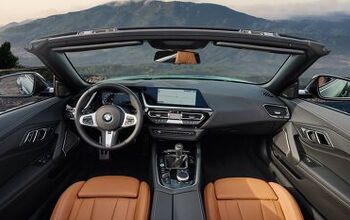
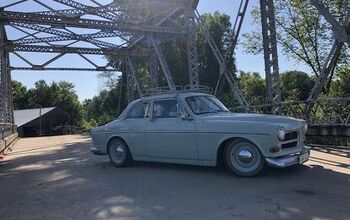
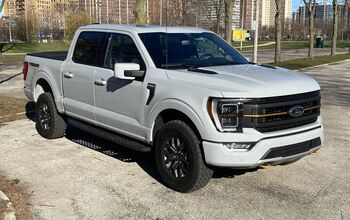
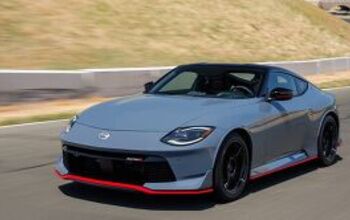
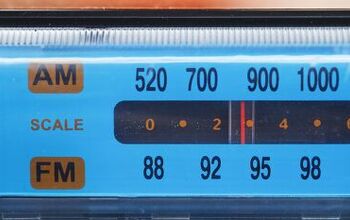
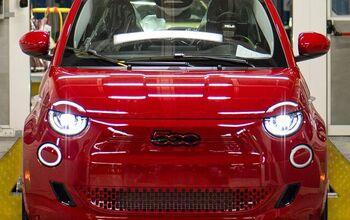
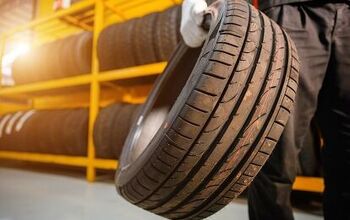
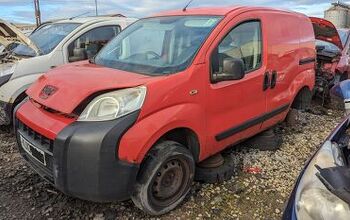
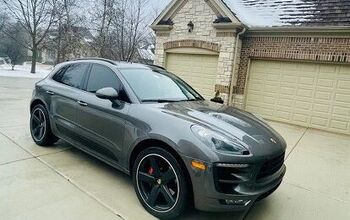
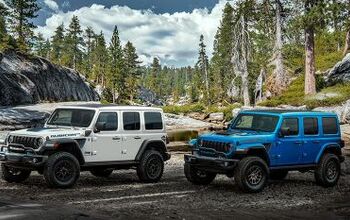
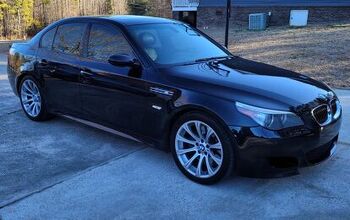

Comments
Join the conversation
All I can gather from this is that the days of the 200k Sienna are long over. 9 speed auto scares the crap outta me. I own one of the first Sienna's even built, a 1998 Model manufactured in 1997. It provided our family with 250k trouble free miles from the drive-train before I took it down for elective surgery. Good old fashioned 4spd auto/194hp timing belt V6. Toyota is a great company because they stick to old, time tested designs forever, working out all the kinks, and build all of their critical mechanical parts in USA/Japan for *most* not all models. Exactly why I just bought a 2015 XB, because it is essentially a 2008 Toyota product, with a 2002 engine/transmission and 2nd Gen Prius mechanicals. Every single mechanical part is made in Japan, and the factory that built it also put together the 1st Gen IS300, one of the most reliable vehicles ever made, bar none. Other than the oil consumption issues of earlier cars, the 2nd gen XB has no issues and surprise surprise, was rated the most reliable vehicle for 2015 by CR. This is no coincidence that arguably the most outdated vehicle sold by the most reliable automaker in the US is also the most reliable car they, and automakers on the whole manufacture. If I were in the market for a new Sienna (planning on keeping my 1998 until they outlaw it in California, which they are trying to do now) I would RUN to a 2016 model. They fixed all the interior cheapness of the earlier models of this gen, while improving the reliability of the V6 fixing earlier issues with leaking VVT-I lines, coolant system, transmission, etc. The very best Toyota will always be the last model to use an outgoing power-train. Completely independent of body/packaging/model. Given the issues with the latest gen Tacoma, stuff that has never happened reliability wise with newer Toyotas, and they are slow to fix, the vehicle from which the new Sienna engine comes from, I'd avoid it for 3-5 years until Toyota figures out how to build it effectively. My personal opinion, Texas/Mexico built trucks alike suffer from issues traced to new lowest bidder suppliers of components in recently constructed plants south of the border, Denso is heavy into Mexico, and their components have gone from essentially faultless, to much more parity to the rest of the market, largely Bosch.
So the minivan/crossover engine goes into a truck, then makes it back into a minivan.